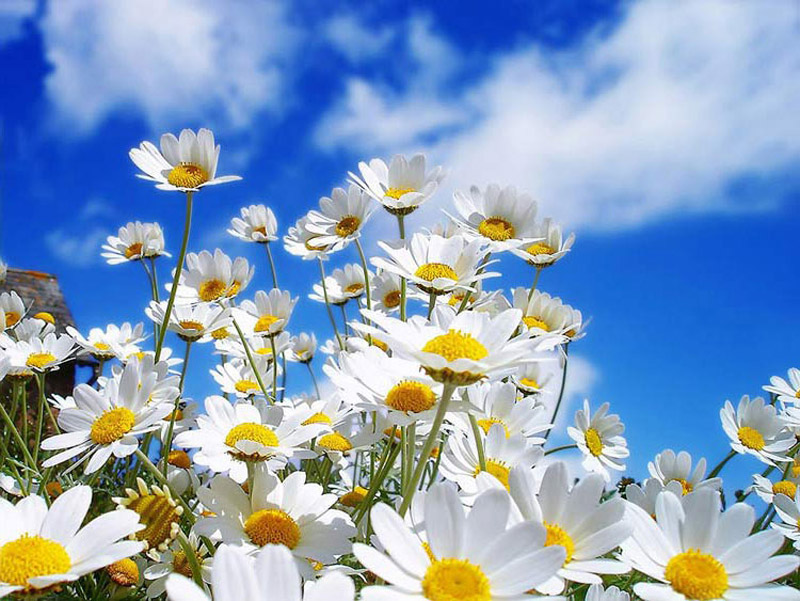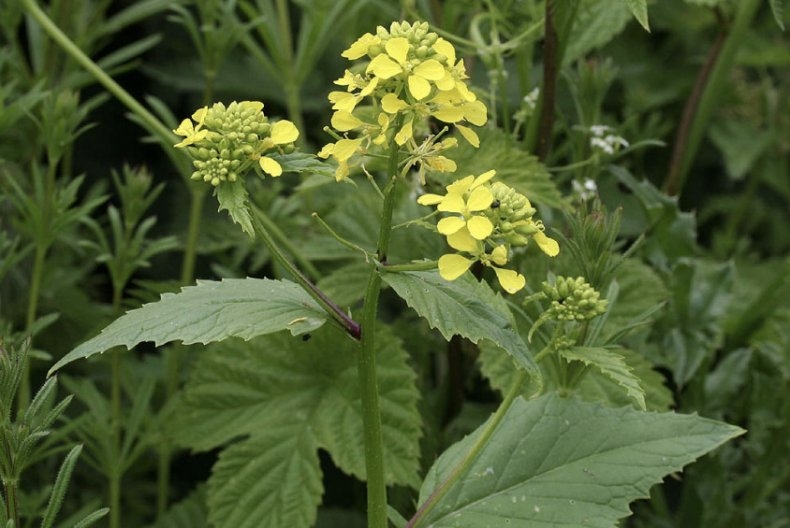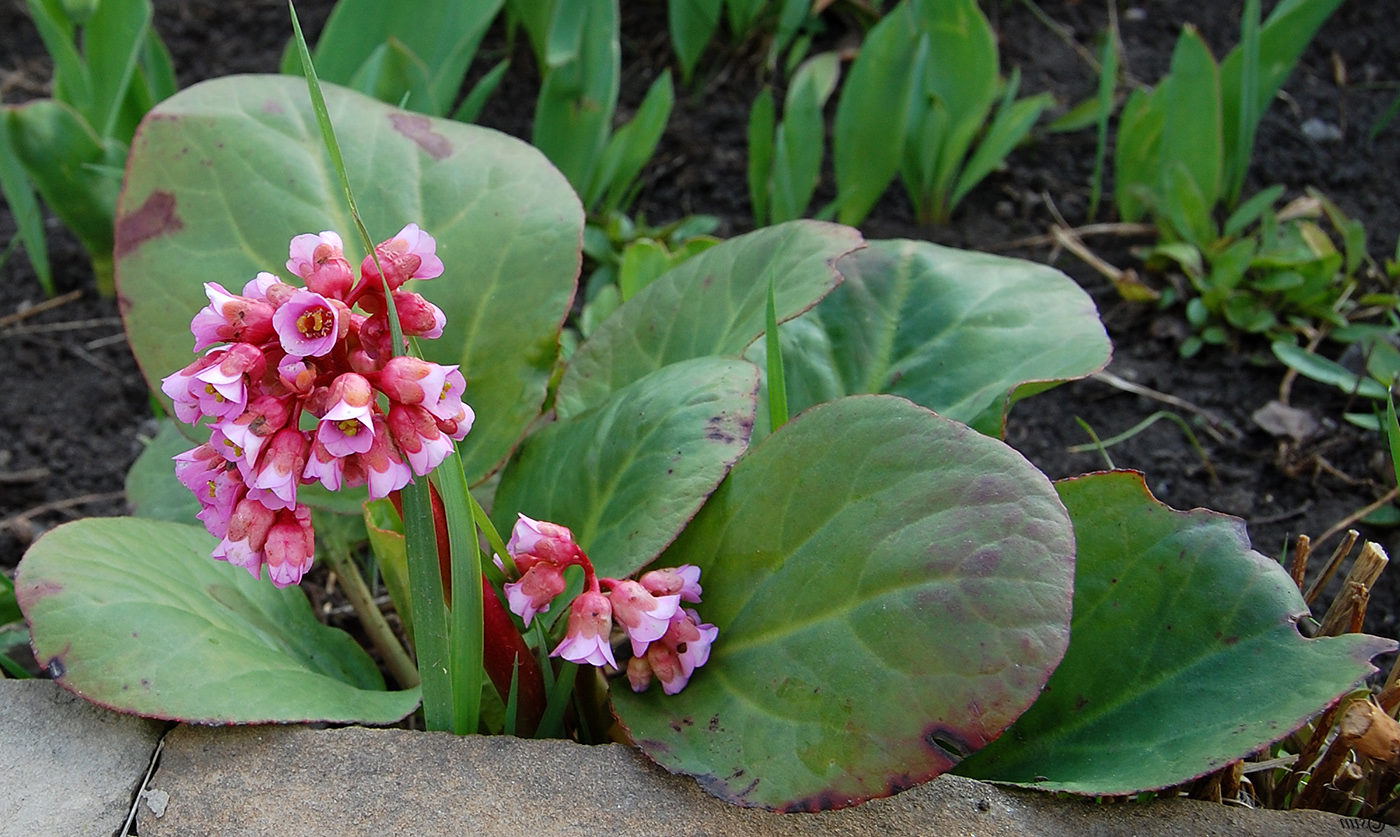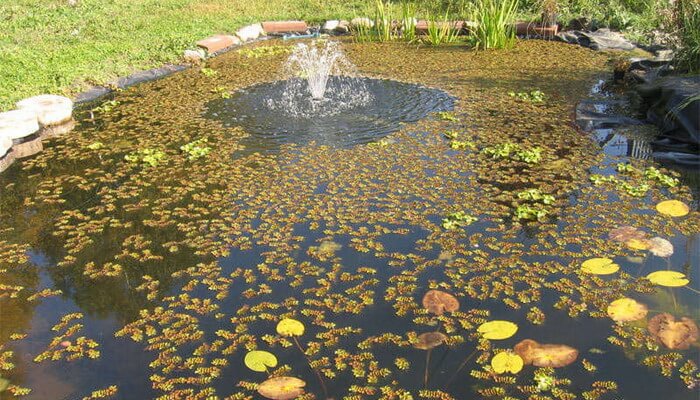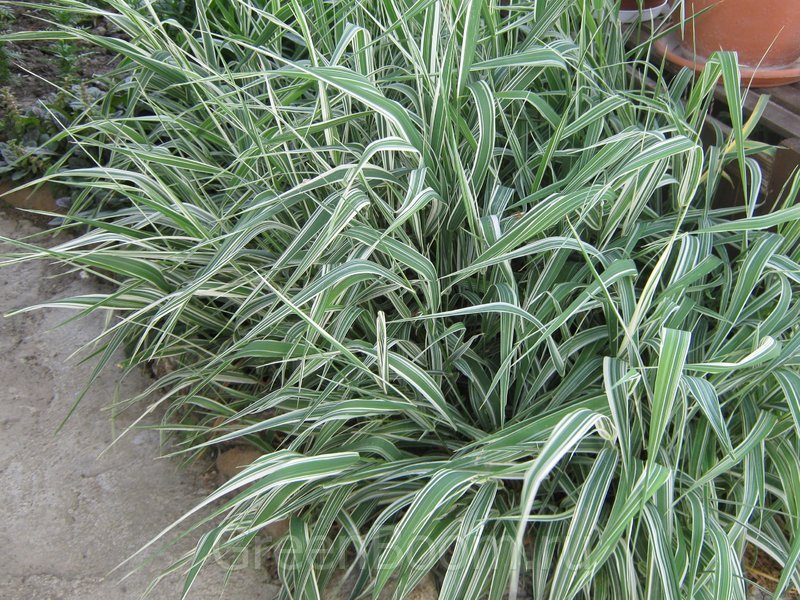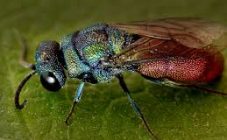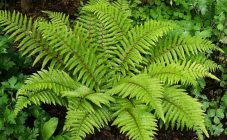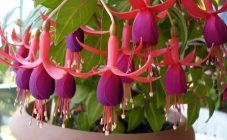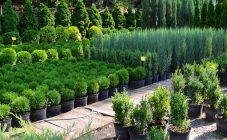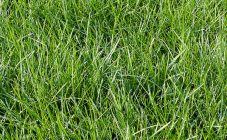Content:
More than 20,000 wild and decorative crops are found in the vast Russian expanses. This includes 2,000 shrubs and trees, as well as 18,000 grasses, or herbaceous plants.
Herbaceous crops: description, varieties
Herbaceous plants have a soft above-ground stem and tolerate cold for a year or several years in a row. The structure is different:
- roots;
- floral part;
- foliage.
Among the vegetation, there are both dwarf and giant species: duckweed - from 4 to 15 mm and bamboo, reaching 35 m.
Depending on the lifespan, the types of herbs are divided into:
- annuals;
- biennials;
- perennials.
Annuals crops grow, bloom, ripen and die off during one growing season. The breeding method is seed. TO herbal representatives of this group include:
- chamomile;
- dill;
- peas.
In biennial plants, flowering does not occur in the first year of development. Roots, leaves and stem are being improved. This class includes:
- pansies;
- mallow;
- bell.
The lifespan of perennial crops is more than 2 years. Perennials are endowed with a root system with renewal buds in the form of a tuber, bulb or shoots. They are subdivided into early and ultra-early, middle and late. These include:
- peonies;
- daffodils;
- delphinium.
Herbaceous annuals are planted in the spring in the soil by seedlings or seed methods. Heat-loving herbs are planted when the threat of spring frosts has passed.
Most annual grasses tolerate replanting with the arrival of the summer season and at the budding stage.
Perennials are propagated by plots on a permanent bed in spring or early autumn. A crop that blooms in the spring season requires replanting in the fall. Grass transplanting is accompanied by a period of rest and adaptation and requires special care. For annual grasses, the period is 7-14 days, for perennial crops - 1 or 2 growing seasons.
Types of herbs
The variety of herbs does not allow us to single out the best representatives, which actively bloom for a long time, in addition, they are distinguished by undemanding environmental conditions, immunity to diseases and harmful insects. Herbaceous crops respond to mineral fertilizing with growth and beautiful flowers.
Cornflower blue
The herbaceous annual crop grows on lands that are rich in minerals and reaches 0.5-0.6 m in height. Cornflower has an upright trunk with developed roots and lobed lower leaves. It often grows in fallow fields. Blooms from late spring to mid-summer.
The plant serves as a raw material for the manufacture of pharmacological preparations:
- anti-inflammatory;
- diuretic;
- antivirus.
Also fights digestive disorders.
Field mustard
Habitat:
- Black earth and Ciscaucasia;
- southern regions of Siberia and the Far East;
- European zone of Russia.
An annual plant belongs to the cruciferous family, reaches 60 cm. Mustard has a branched stem with yellow buds.When ripening, a fruit is formed - a pod.
Mustard seeds have medicinal properties due to their chemical composition:
- vitamins and proteins;
- carbohydrates and essential oils;
- flavonoids and phosphorus;
- magnesium and calcium.
Grass seed powder is used in the manufacture of mustard plasters. In the beauty industry, mustard is a component of anti-aging creams.
Celandine big
The perennial grows up to 0.9 m. The branched trunk has green-gray leaves with rich yellow inflorescences and pod-shaped capsule fruits. A distinctive feature of the herb is milky orange juice. The peak of decorativeness falls in May and lasts until August.
Reproduction is carried out by seeds brought by ants or the wind. Grows:
- in landfills and near housing;
- along roads and in ditches;
- abandoned parks and gardens.
Celandine has found application in veterinary medicine, folk medicine (for removing warts), as an insecticide in the backyard plots of gardeners. Blackening of metals is not complete without celandine juice, the grass dyes the wool red and yellow, and is toxic.
Badan thick-leaved
Herbaceous perennial grows in Russia, often found in the Irkutsk region. The plant likes damp slopes, forests, river valleys. Distinctive features of the herb:
- branched and powerful roots;
- leathery foliage with shine;
- bell-shaped red flowers;
- fiery colors of leaves in the autumn;
- preservation of leaves in the winter.
Badan has beneficial properties. It is used in cooking and alternative medicine for therapy:
- seborrheic dermatitis and erosion in gynecology;
- rheumatism and hemorrhoids;
- gastritis and whooping cough.
Geranium Rosana
A hybrid variety will delight gardeners with the blue of large flowers and the massiveness of soft leaves. Rozanne blooms all summer long. Individuals are not very tall - they reach 50 cm. Regular watering and growing in a sunlit front garden will ensure excellent flowering. In drought conditions, partial shade is required.
Pulawka
The elegant plant continually brings joy with abundant yellowish flowers that change each other throughout the summer season. Perennial belongs to long-flowering crops. Requires sunlight and not very moist soil. The height of an adult flowering specimen is a maximum of 60 cm.
Astrantia
The meter long-lived variety does not differ in demanding environmental conditions. By the duration of flowering it is compared with annual plants. Landing is desirable in partial shade, carefully monitor the moisture of the earth.
Veronicastrum virginian
The simple prairie dweller is popular with flower growers. Ideal for drawing in a naturalistic direction in the garden. The demand for plants is the reason for the development of new varieties. Diana is considered a classic. Agricultural requirements: loose soil, sunlight. The height of adults is 120 cm.
Veinik short-haired
With the approach of autumn, numerous cereals flaunt in the fields, among which the reed stands stand out. The herbaceous plant looks spectacular against the background of other crops, thanks to its neatness and decorative effect. The culture grows well in the sun and moderately fertile soil. The semi-shaded bed is also to the liking of short-haired reed grass. The maximum grass growth is 120 cm.
Features of herbs and scope
Plants-herbs are used in various fields, depending on personal characteristics:
- spices: basil and coriander, celery and rosemary, thyme and dill to enhance the taste of foods;
- medicinal crops: plantain and nettle, chamomile and dandelion, calendula and sage - for the production of drugs and in alternative medicine;
- fodder herbs for feeding livestock;
- decorative flowering herbaceous plants are irreplaceable in landscape design.
Poisonous crops
In addition to beauty and benefits, certain individuals threaten the health of humans and animals. Therefore, it does not interfere with familiarizing yourself with the description and names of such plants. The meeting with herbs often takes place in the forest:
- raven eye and belladonna;
- lily of the valley and euonymus;
- marsh calla and spotted hemlock;
- henbane and stonecrop.
Certain types of poisonous plants are cultivated in dachas in the decor of the site. This refers to the aconite, or wrestler. It grows everywhere in the middle zone of the Russian Federation, in the Asian and North American regions.
Agricultural plants
The variety of herbs is distinguished by crops that are grown for narrowly practical purposes. Usually they are grown separately on the site. Convenience of location facilitates care, protection from phyto-diseases and pests. Plants have a pretty appearance. When planting, take into account the decorative properties of herbs. Arrangement of walls, slides, spirals and other structures is carried out.
Curly herbs
Planting dwarf vines will add elegance to the structure. An example ofserves green architecture:
- decorative arches and lattices;
- hedges;
- trellis.
Water culture
In this category, among the green residents are:
- deep-sea and swamp;
- oxygenators and coastal;
- floating.
Oxygenators are underwater. They sometimes raise flowers on the water surface. The roots of deep-sea plants are at the bottom of the soil, foliage with flowers is at the top. Floating plants live on water. The root system of coastal flora is located in the ground under water, shoots with leaves - in the air. A necessary condition for the coexistence of varieties of marsh grasses is a constant stay in a moist soil.
Pests and diseases
There are several categories of harmful insects and diseases that affect ornamental and agricultural crops. Damage to foliage, seedlings, shoot bark, suction of nutrient juices provoke growth inhibition and sometimes death of plants.
Crop protection begins with the arrival of spring and ends in autumn. With the help of prevention (effective and reliable reception), they fight against pests and ailments.
Often, herbaceous plants suffer from:
- aphids and scale insects;
- leafhoppers and earwigs;
- molluscs and nematodes.
Diseases are conventionally divided into:
- parasitic;
- nonparasitic.
Among parasitic ailments, fungal and viral, as well as bacterial are distinguished.
Non-parasitic diseases are caused by improper care and growing conditions. The main symptoms: the color of the leaves changes, the bark cracks, the shoots wither.
Plants most often get sick:
- bulb rot and powdery mildew;
- keel and rust;
- black spot and stalk.
Garden decor
Ornamental grasses are used to decorate the backyard. Thanks to the variety of herbaceous plants, gardeners create unique flower beds:
- borders and flower beds;
- group and single landings;
- bosquets and parterres;
- themed gardens.
The selection of species is determined by: the composition of the soil, the illumination of the territory, the close occurrence of the waters, meteorological conditions. Pay attention to the color of the flowers, the budding period.
Herbaceous plantings in the garden are in demand to create luxurious presentations:
- landing with a carpet;
- color spot;
- decorative wall;
- decoration of the near-stem zone of trees;
- flower towers;
- registration of loggias.
Ornamental crops are conventionally divided into flowering and decorative foliage. The selection of the assortment focuses on meadow grasses and large flowers. Among deciduous ornamental plants, there are:
- cereals;
- mosses;
- ferns.
Herbaceous plants differ in diversity, properties, development, habitat. Scopes of application: cooking and medicine, agriculture and cosmetology, plant growing. In addition, the greenery of herbs and flowering not only bring aesthetic pleasure, but also raise the mood.
